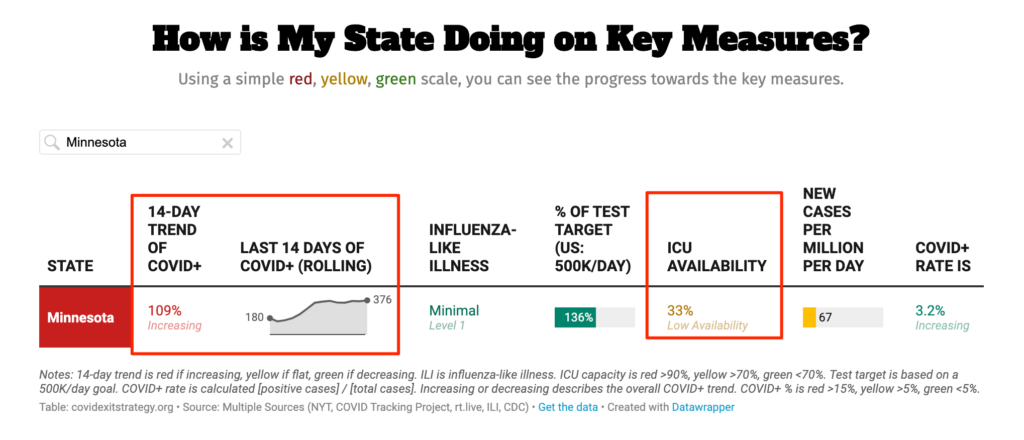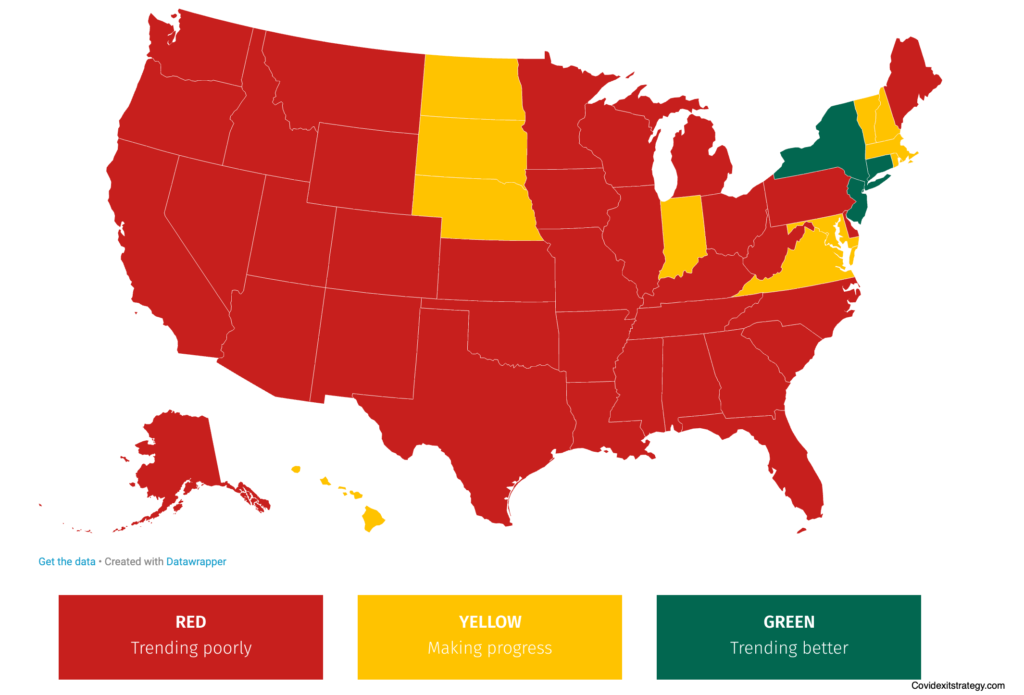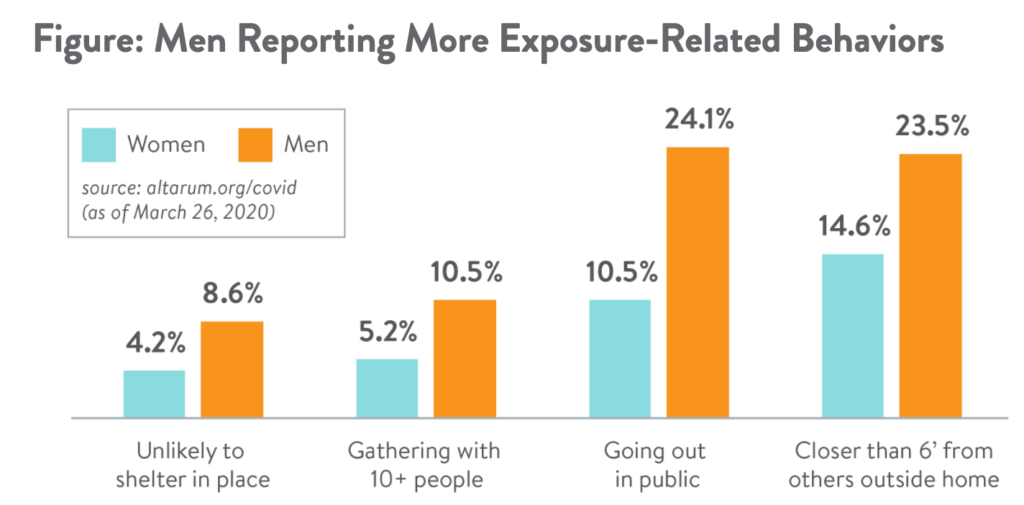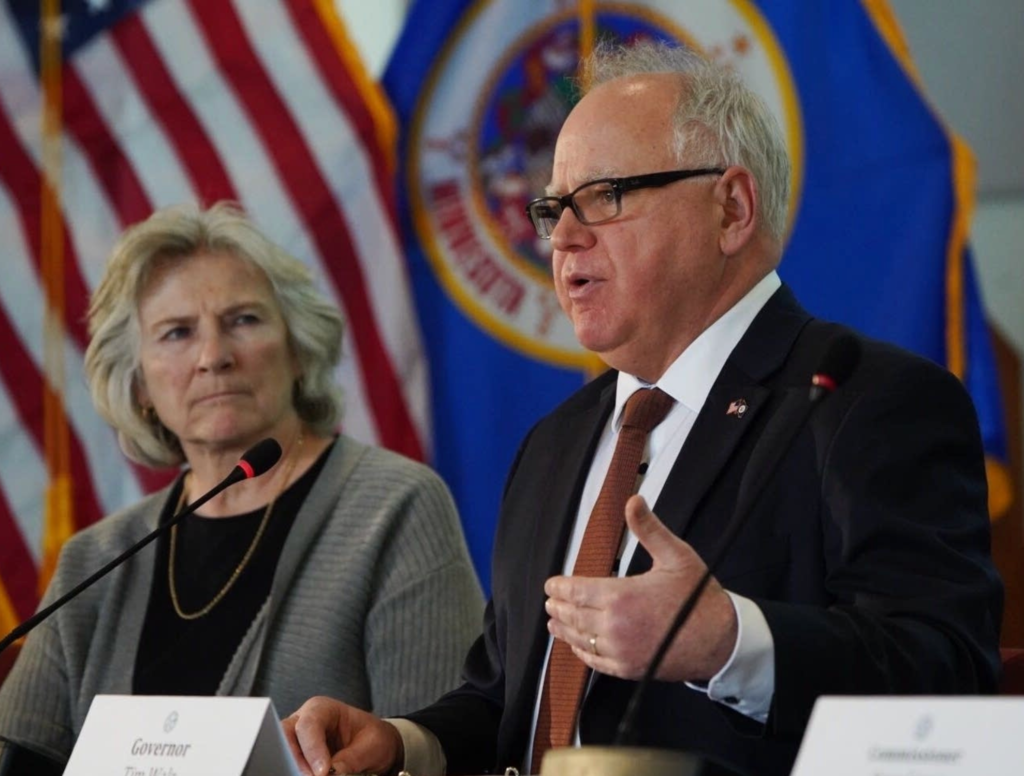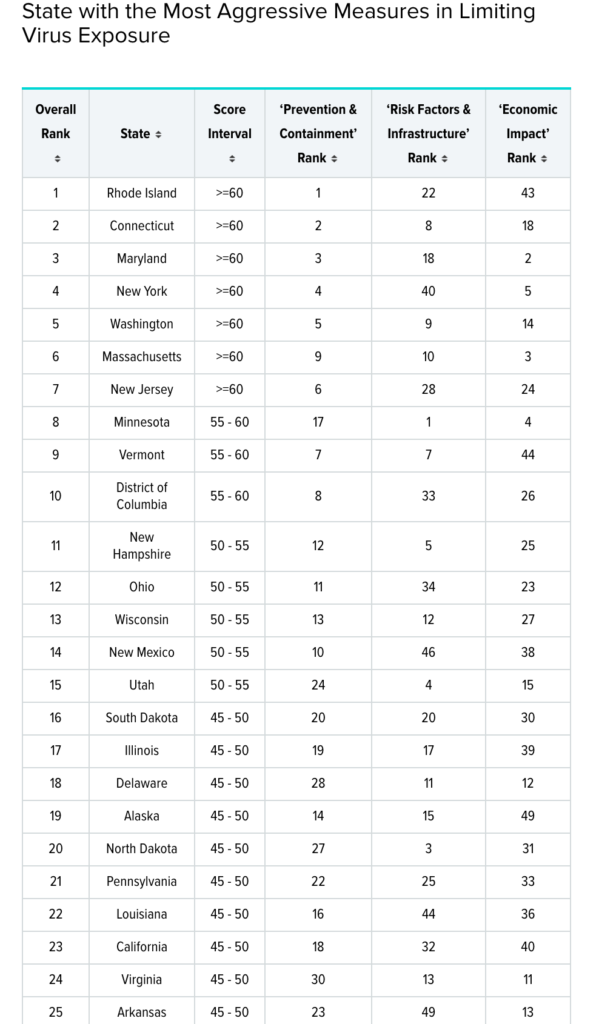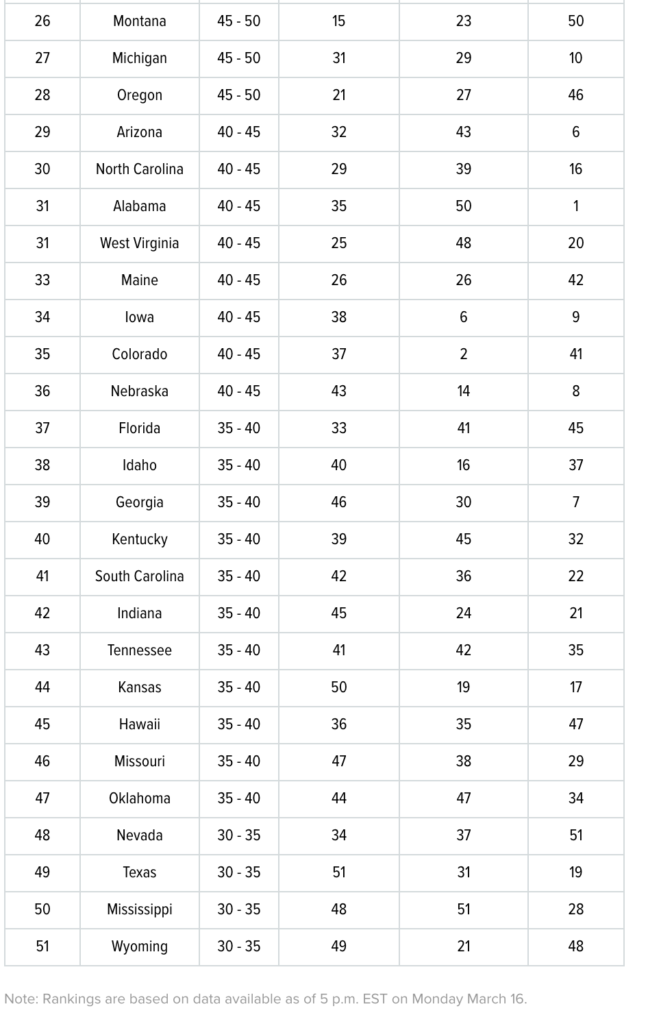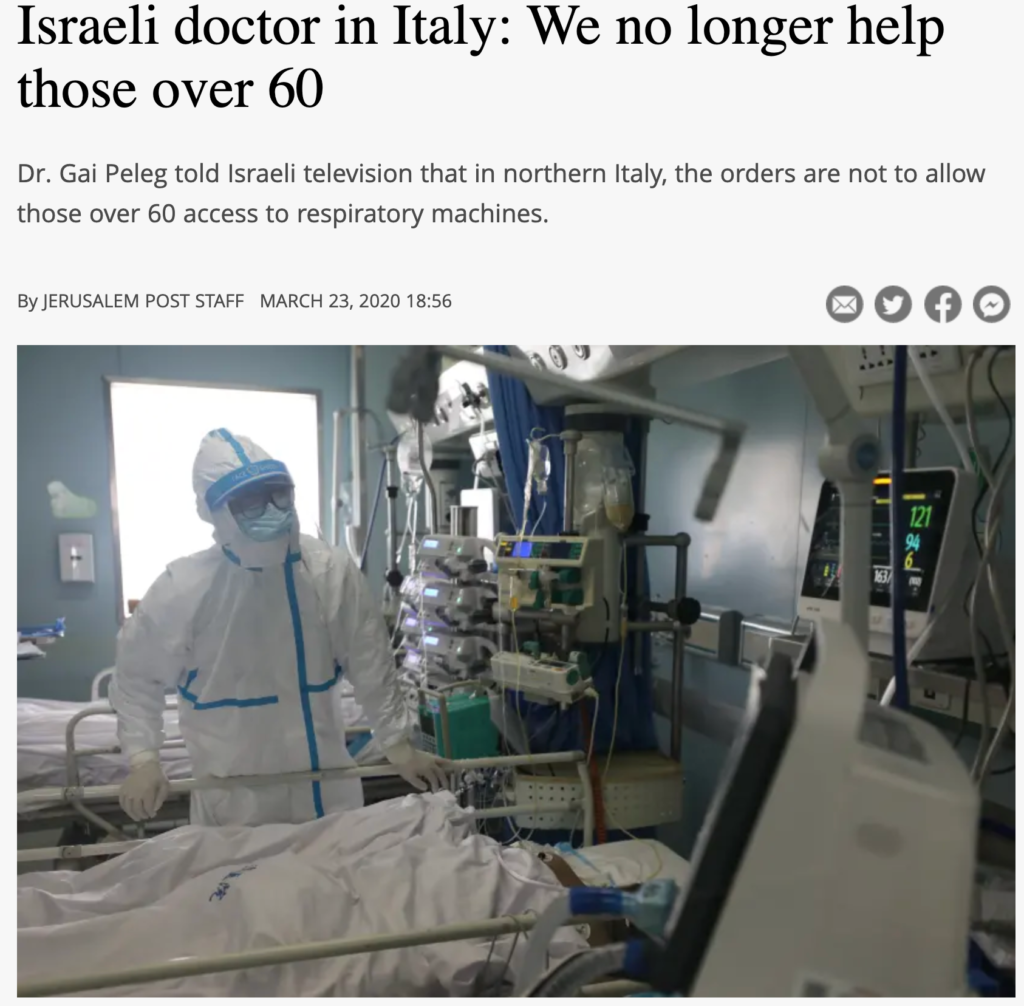For good reason, there was a lot of national discussion about the 6,200 Trump supporters who gathered at an indoor rally in Tulsa, Oklahoma. Americans were understandably concerned that Trump’s selfish rally would be a “super spreader event” that would needlessly cause a spike in COVID 19 infections and role model reckless behavior.
While all of that national discussion was taking place, South Dakota’s ultra-conservative Governor Kristi Noem looked at that Tulsa scene and effectively said “hold my beer, Mr. President.”
In the midwest, you don’t have to be reminded when the ten-day Sturgis Bike Rally begins. Even in my community, which is 600 miles from the Black Hills of South Dakota, and even in the two weeks before and after the ten-day August Rally, motorcycles and trailers towing motorcycles are everywhere on our roads and highways.
The Sturgis Rally is massive. Last year, 490,000 people traveled from around the nation to the Black Hills. That’s equivalent to about 80 Tulsa Trump Rallies. Oh and by the way, unlike the Tulsa event, the Sturgis Rally lasts for weeks, not hours.
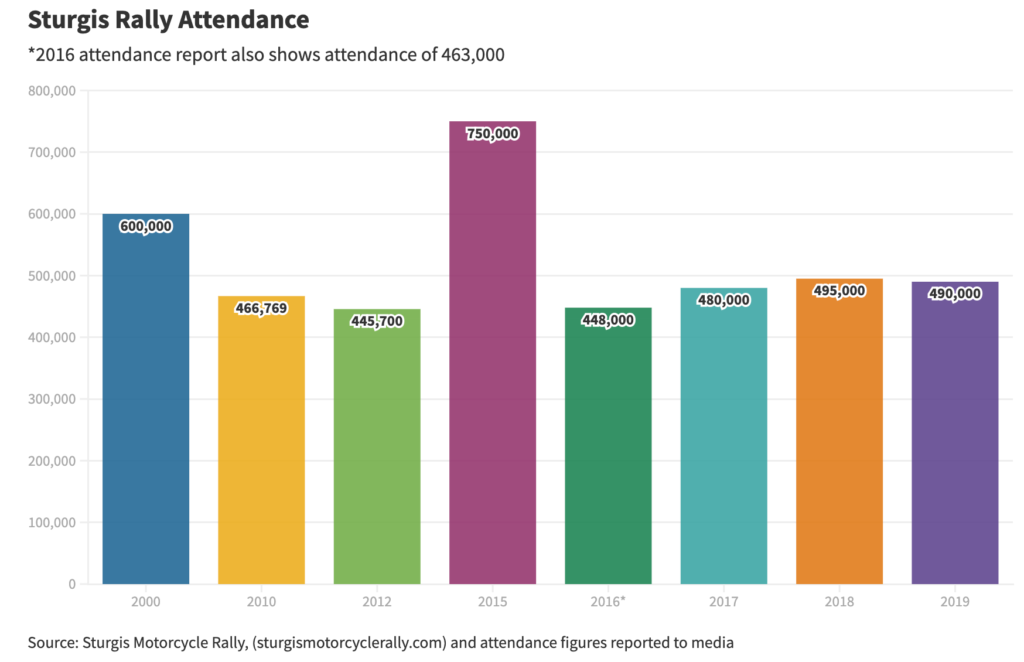
That’s a lot of cash for a remote, sparsely populated state like South Dakota. It’s also a lot COVID-19 exposure. Make a list of major COVID-19 exposure risks, and you’ve described the Sturgis Bike Rally: Inability to distance in small indoor spaces? Check. Unwillingness to distance due to libertarian “live free or die” attitudes? Check. Too few masks? Check. Obesity and related comorbidities? Check. Advanced age and related comorbidities? Check. Binge drinking and the associated increase in risk-taking? Check. No small amount of casual sex? Check. Lengthy exposures over multiple days? Check. A merger of exposure pools from around the nation, and lengthy cross-country travel in all directions. Check and check.
Granted, bikers at the Rally are outside a fair amount, riding and camping. But indoor bars, restaurants, hotels, stores, and tourist attractions within a several hundred mile radius of Sturgis also are traditionally packed with strangers in close proximity with each other. When it’s loud in those indoor spaces, visitors are forced to shout at, and expectorate on, each other.
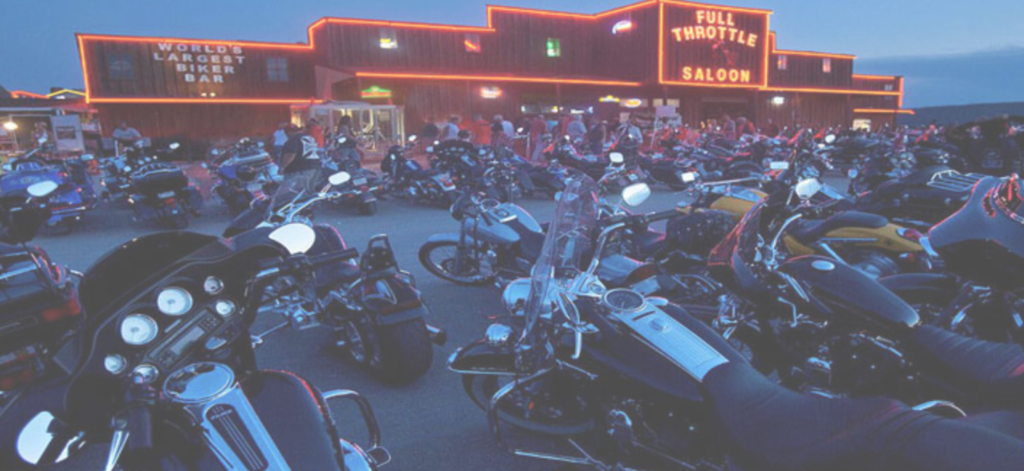
If a super villain were to design a super-spreader event to try to harm their worst enemies, they perhaps couldn’t do much better than the Sturgis Rally.
Without a doubt, Governor Noem out-Trumped Trump by refusing to cancel the Sturgis Bike Rally this August 7-16. From the beginning of the pandemic, Noem has supported basically no public health protections for her citizens. She wants to show corporations that South Dakota is pro-business, tax visitors so she doesn’t have to tax her conservative base, and show her conservative fan base that she is “protecting freedom.” She apparently isn’t interested in protecting the citizens of her state, a state that is disproportionately elderly and therefore particularly vulnerable to COVID-19 deaths.
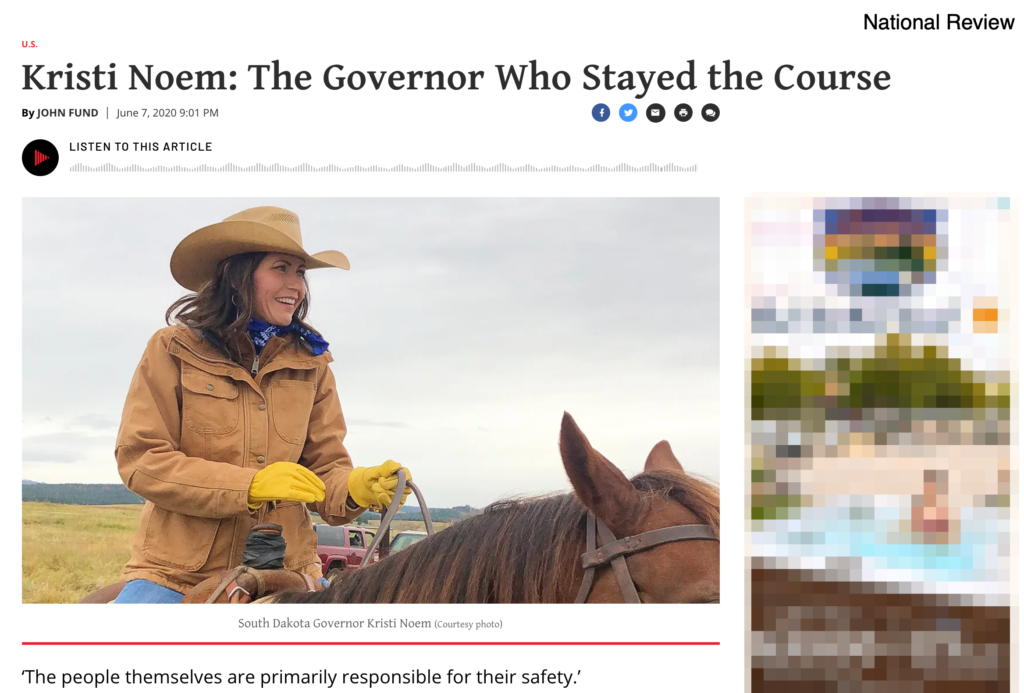
So, if you’re thinking about summer travel this year, my advice would be to take a lot of masks and sanitizer, and to take an extremely wide berth around Kristi Noem’s COVID-19 mushroom cloud in South Dakota.

